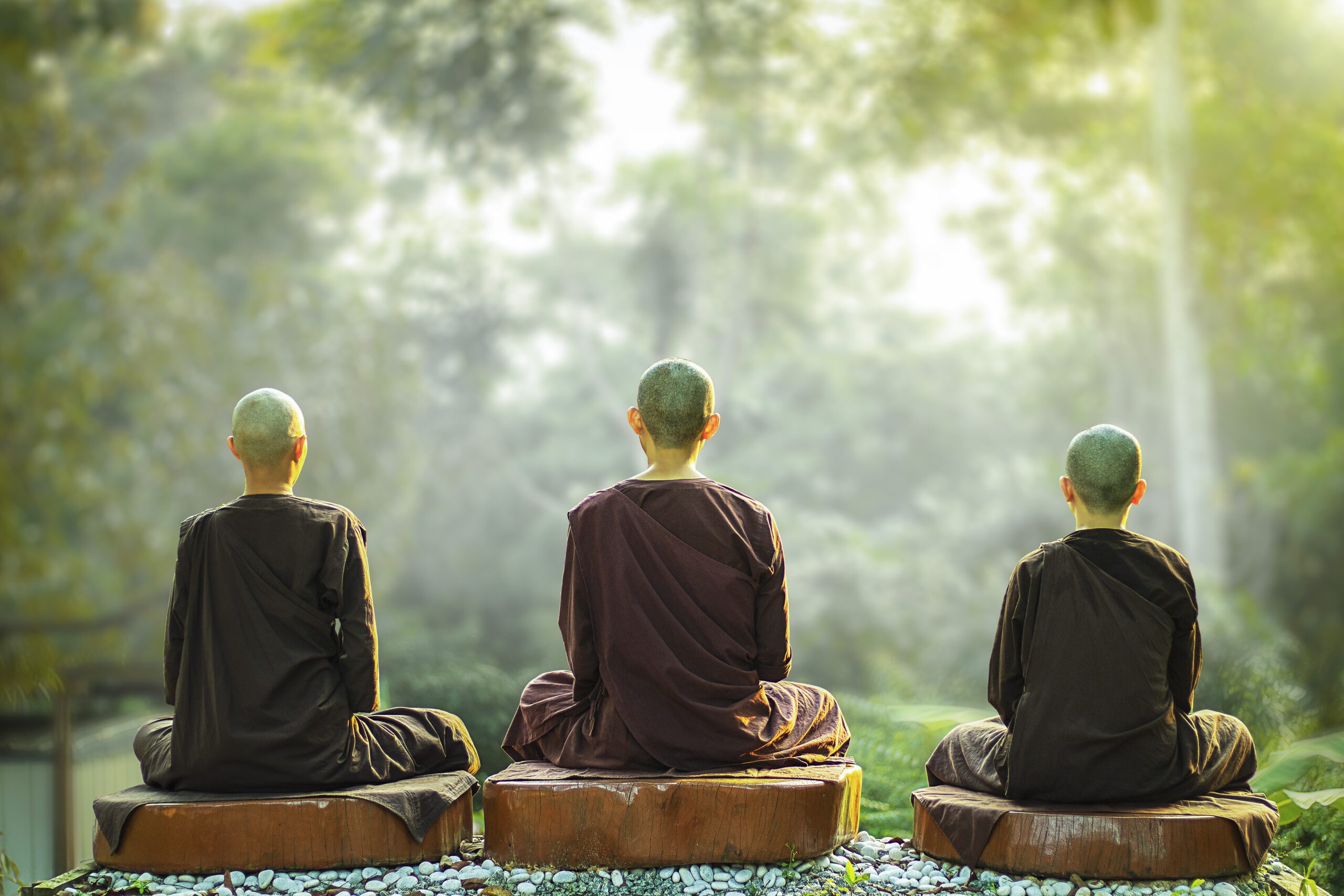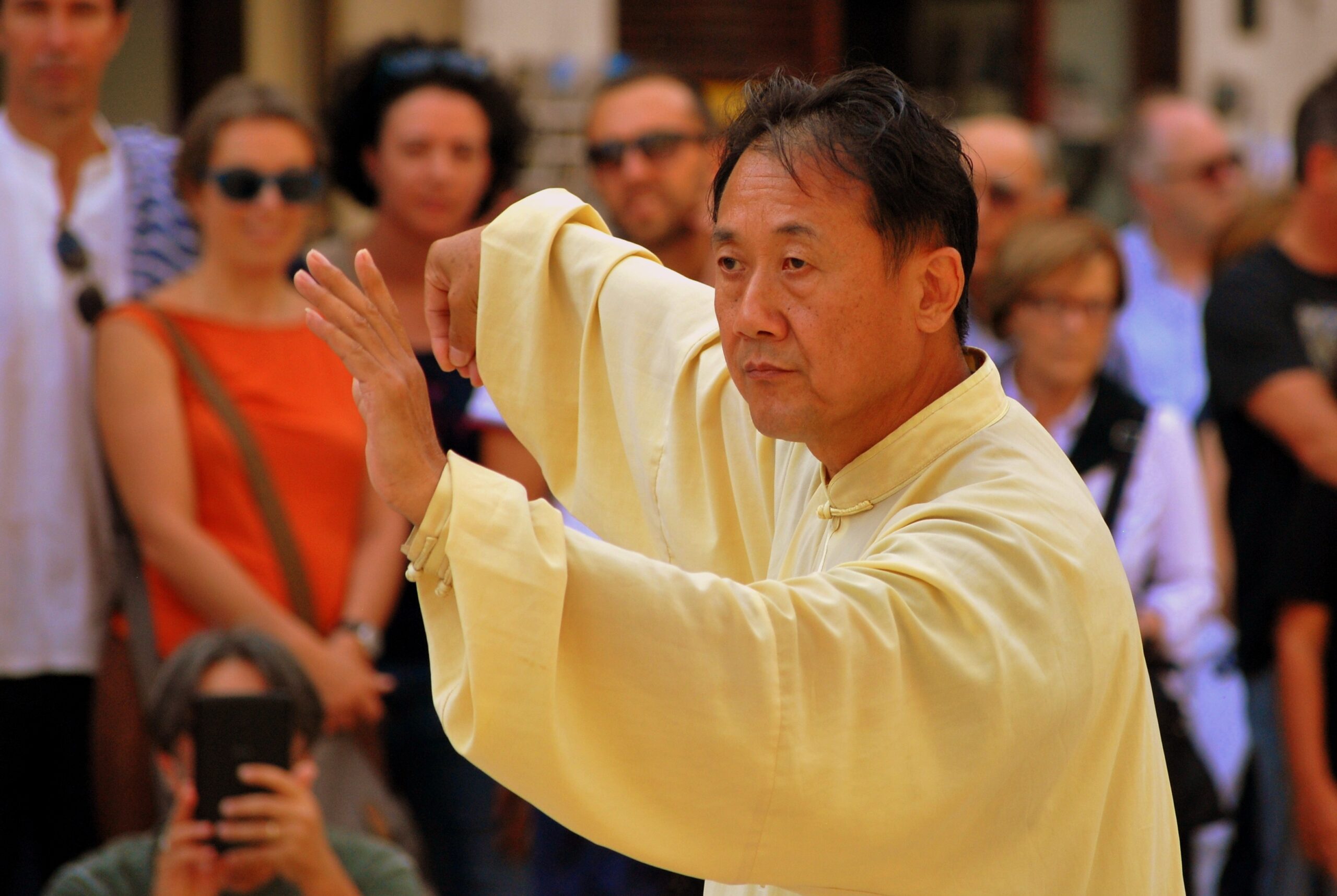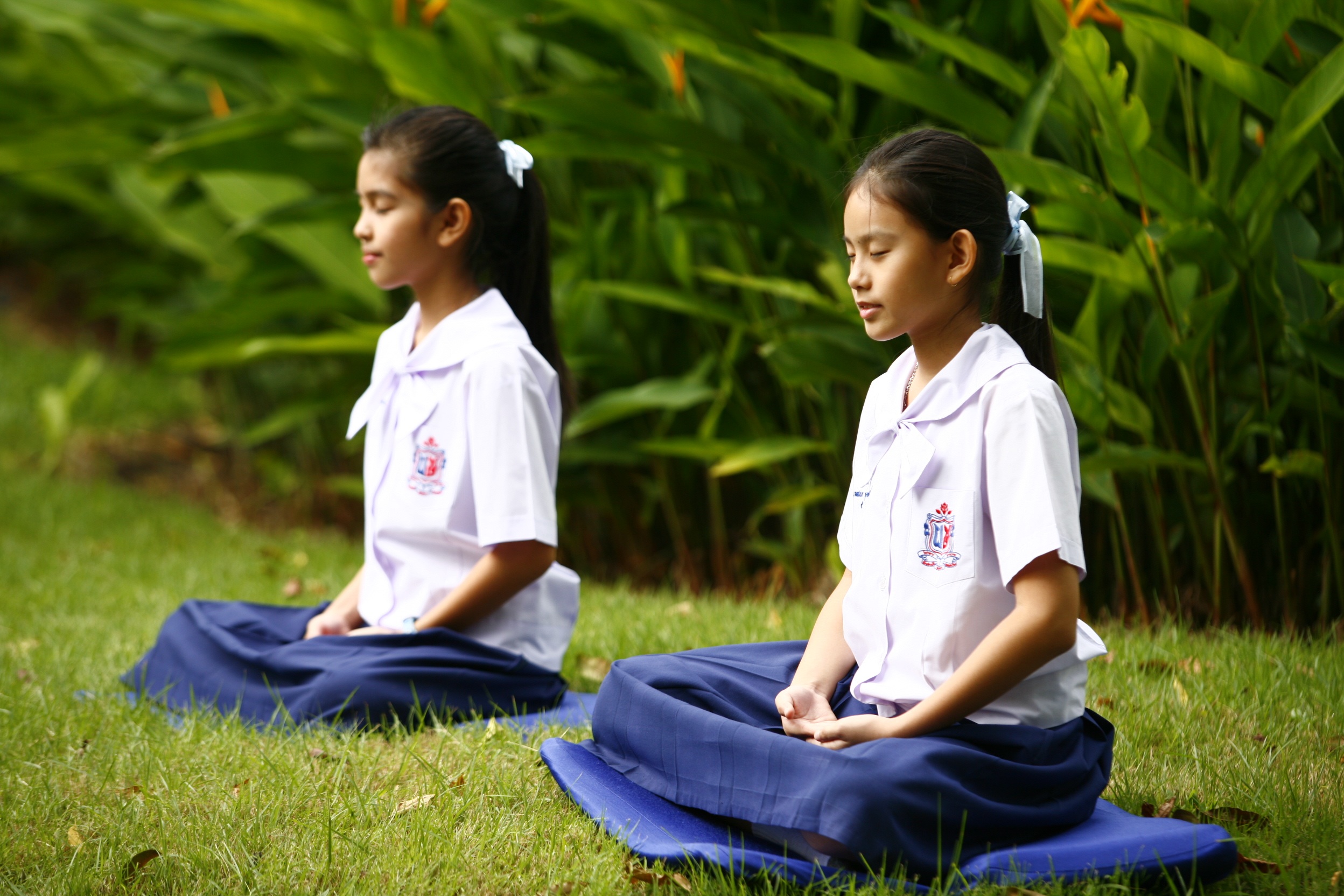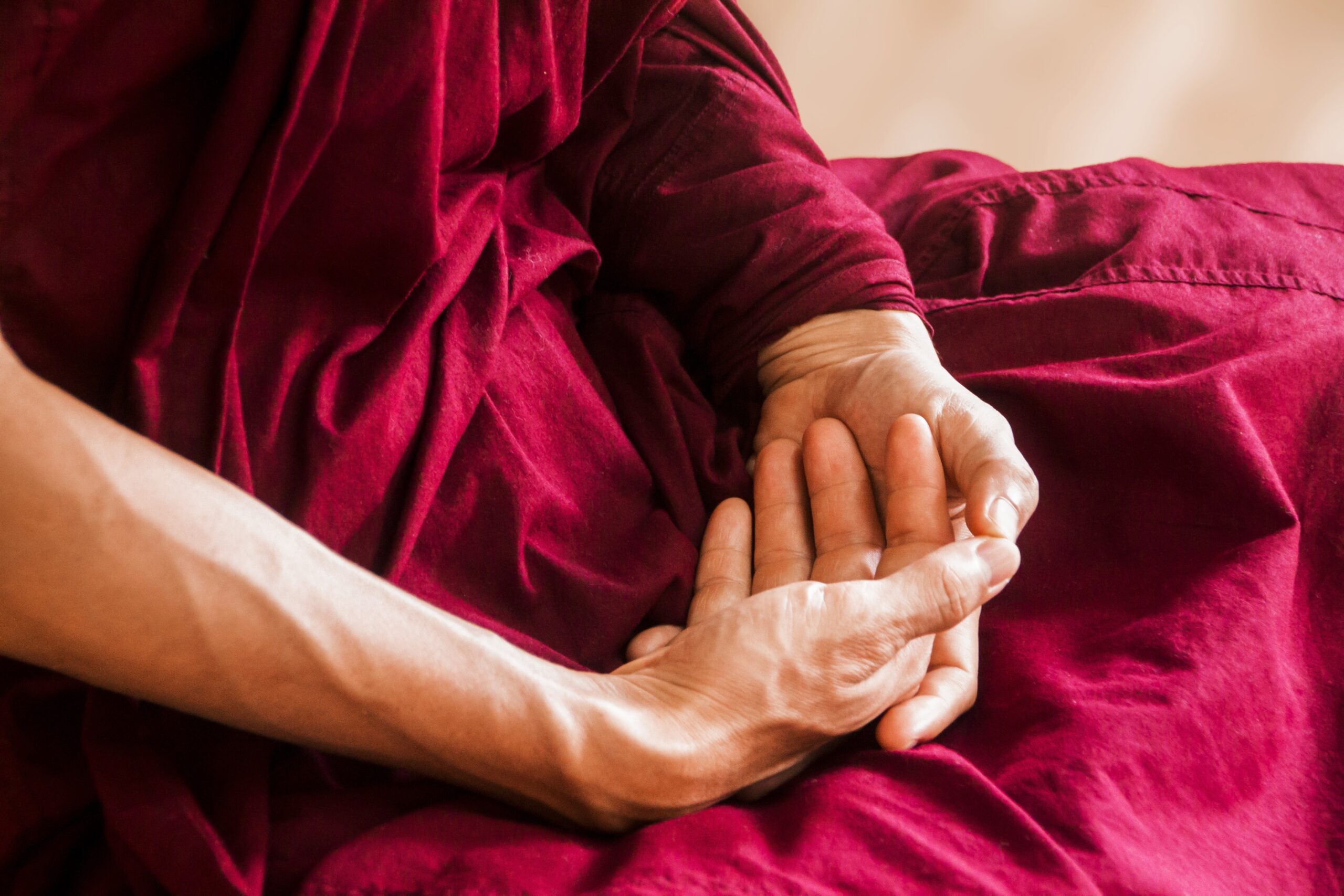Relaxation for Unimpeded Chi Flow
Tai chi qigong is equated with relaxation: Limbs must be loose and relaxed in order to circulate and channel the chi energy for health, healing, self-defence and personal advancement.
Every master with whom I trained have always counseled me to fang song — literally, “dropping” or letting go to relax. The Chinese word for relaxing and being loose is the one and same word, song, but how much more apt is the term in Chinese! I often tell my beginning students to think of “hanging loose” when they are having trouble understanding the concept.
This recent clip of my late grandmaster’s class demonstrates how to “hang loose” when practicing tai chi qigong:
Here is a simple exercise to do:
- Breathe in as you tighten your shoulders as tight as you can by bringing them up around the level of your ears. Feel the tightness and then tighten even further, holding your breath, clenching your jaws in the process.
- Hold for several seconds and then exhale as you suddenly let them drop, letting go of every shoulder and jaw muscle all at once. Feel the release of the tension.
By knowing the opposite, you can experience real relaxation.
When we look at the shoulders and chest of a practitioner, we can see how experienced this practitioner is in tai chi qigong. Are the shoulders loose or tense? Is the chest pushed out with pride or collapsed in humble submission? Is the kua indented and “open” to receive the chi or “closed off” and inhibiting the chi? Are the muscles loose or tight?
Relaxation does not simply apply on the physical level but also on a mental level — both psychologically and emotionally. A student who practices relaxation correctly, besides having loose limbs and muscles, should also be emotionally detached, yet focused.
That means one can practice concentrative meditation, focusing on yogic breathing, the circulation of chi, even on an object of visualization — or one can practice mindful meditation, just being aware but not actively thinking.
Either way, one learns to transcend the physical plane of consciousness by detaching one’s mind from material desires, emotions and other pressing issues of the everyday world.
The consequence is a peace of mind and a higher level of consciousness in which there is not only a sense of timelessness and tranquility, but also an awakened awareness. Only through this relaxed state of alertness can we access this higher level of consciousness. And only when we are relaxed through every fiber and core of our being, can the chi circulate uninhibited.
While the perception of most westerners towards martial arts is skewed by typical public demonstrations of board chopping and explosive punches and karate kicks, “neigong” or internal arts emphasize “softness,” as exhibited on this clip:
Note that there is no physical strength involved, yet this seemingly helpless old man is able to ward off attacks with ease and unbalance his opponents! No, it is not faked — these students themselves are masters in their own right, but compared to the grandmaster, are mere putties in his hand!
If you are on the receiving end of the repulse chi, you would, as one of my students describes it, feel the breath knocked out of you, as if you had slammed yourself straight into a brick wall!
This is the contradiction of propelling the chi: one must relax the mind, limbs and muscles in order to circulate and channel the chi. The more submissive and detached we assume in attitude and behavior, the stronger the chi. The looser the limb, the more we are able to ward off the opponent’s advances.
We make ourselves “soft” and yielding in order to encourage the free flow of the potent chi. Therefore, relaxation and looseness are keys to opening up our chi circulation.




